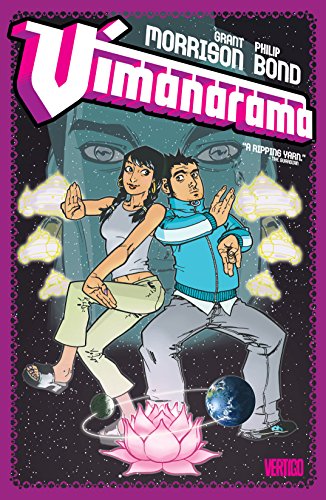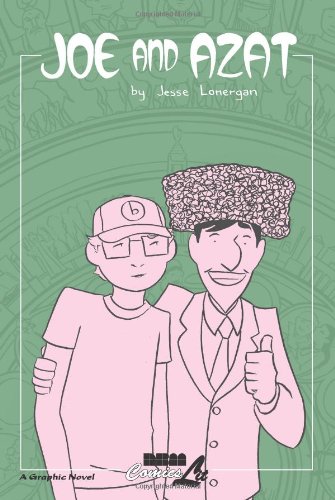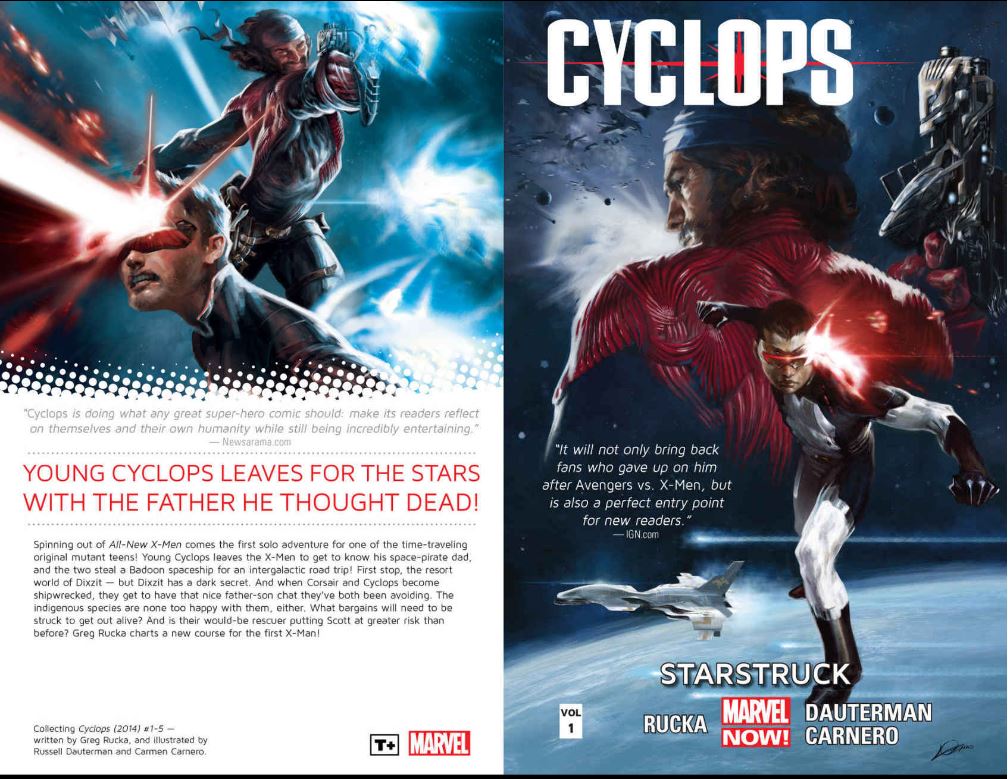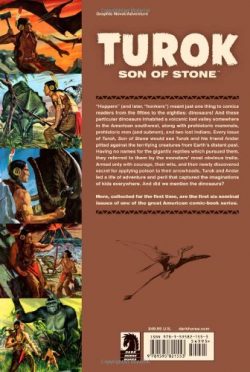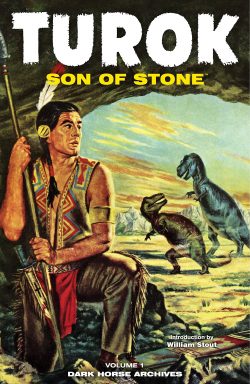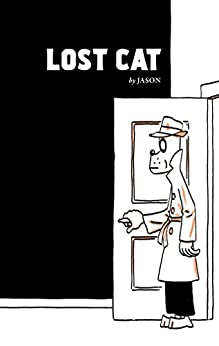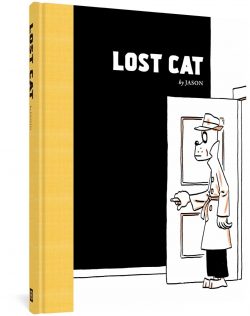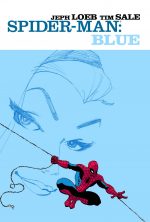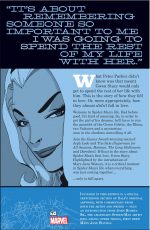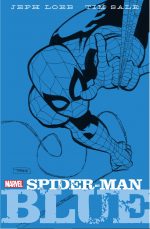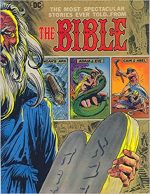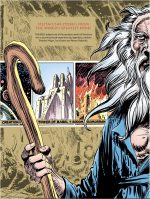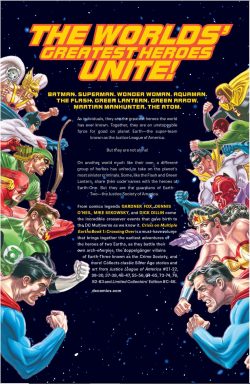

By Gardner Fox, Dennis O’Neil, Mike Sekowsky, Dick Dillin, Bernard Sachs, Sid Greene, Joe Giella & various (DC Comics)
ISBN: 978-1-7795-0753-2 (TPB/Digital)
As I’ve frequently mentioned before, I was one of the “Baby Boomer” crowd which grew up with Julie Schwartz, Gardner Fox and John Broome’s tantalisingly slow reintroduction of Golden Age superheroes during the halcyon, eternally summery days of the early 1960s. To me those fascinating counterpart crusaders from Earth-Two weren’t vague and distant memories rubber-stamped by parents or older brothers – they were cool, fascinating and enigmatically new.
…And for some reason the “proper” heroes of Earth-One held them in high regard and treated them with obvious deference…
The transcendent wonderment began, naturally enough, in The Flash; pioneering trendsetter of the Silver Age Revolution. After successfully ushering in the triumphant return of the superhero concept, the Scarlet Speedster – with Fox & Broome at the writing reins – set an unbelievably high standard for costumed adventure in sharp, witty tales of science and imagination, always illustrated with captivating style and clean simplicity by Carmine Infantino.
The epochal epic that literally changed the scope of American comics forever was Fox’s ‘Flash of Two Worlds’ (Flash #123 September 1961, reprinted in many places, but not here): introducing to an emerging continuity the concept of alternate Earths and, by extension, the multiversal structure of the future DCU as well as all the succeeding cosmos-shaking yearly “Crisis” sagas that grew from it.
Moreover, where DC led, others followed…
Received with tumultuous acclaim, the concept was revisited months later in Flash #129 which also teasingly reintroduced evergreen stalwarts – Wonder Woman, the Atom, Hawkman, Green Lantern, Doctor Mid-Nite and Black Canary: venerable members of the fabled Justice Society of America. Clearly Editor Schwartz had something in mind…
That tale directly led into the veteran team’s first meeting with the Justice League of America and the start of an annual tradition. When ‘Flash of Two Worlds’ brought us the notion of Infinite Earths and multiple iterations of costumed crusaders, fan pressure had begun almost instantly to agitate for the return of the Greats of the “Golden Age”. Editorial powers-that-be were hesitant, fearing too many heroes would be silly and unmanageable, or worse yet, put readers off. If they could see us now…
These innovative adventures generated an avalanche of popular and critical approval (big sales figures, too) so inevitably the trans-dimensional tests led to the ultimate team-up in the summer of 1963.
This gloriously enthralling volume is the first in a sequence of collections celebrating Infinite Diversity in Infinite Costumes, gathering the first eight summer double-header JLA/JSA convocations (Justice League of America #21-22, 29-30, 37-38, 46-47, 55-56, 64-65, 73-74, and 82-83) plus pertinent excerpts from other places: stunning superhero wonderments which never fail to astound and delight. Also on offer are a context-conveying Introduction ‘1 & 2 – Crisis’ by wonder-scribe Mark Waid detailing even more cool facts behind the phenomenon and Martin Pasko’s erudite Foreword ‘Crisis Behind the Scenes’, revealing how the loss of stalwart originators Gardner Fox & Mike Sekowsky led to a new way of telling stories, offsetting in many respects the genuine dilemma of readers’ changing tastes…
The comic book catharsis commences with the landmark ‘Crisis on Earth-One’ and ‘Crisis on Earth-Two’ (from Justice League of America #21-22, August & September 1963) combining to form one of the most important stories in DC history and arguably one of the most crucial tales in American literature: at least the stuff with pictures in it.
Written by Fox and illustrated by Mike Sekowsky & Bernard Sachs, the yarn finds a coalition of assorted villains from each Earth plundering at will, meeting and defeating the mighty Justice League before impertinently imprisoning them in their own secret mountain HQ…
Temporarily helpless, “our” heroes contrive a desperate plan to combine forces with the champions of another Earth to save the world – both of it – and the result is pure Fights ‘n’ Tights majesty.
It’s impossible for me to be totally objective about this saga. I was a drooling kid in short trousers when I first read it and the thrills haven’t diminished with this umpty-first re-reading.
This is what superhero comics are all about!
The buying public clearly agreed. One year later ‘Crisis on Earth-Three’ and ‘The Most Dangerous Earth of All!’ (JLA #29-30) reprised the team-up after super-beings of a third alternate Earth discover the secret of trans-universal travel.
Unfortunately, Ultraman, Owlman, Superwoman, Johnny Quick and Power Ring are villains on a world without heroes who see costumed crimebusters like the JLA and JSA as living practise dummies to sharpen their evil skills upon.
With this cracking thriller the annual summer get-together became solidly entrenched in heroic lore, giving fans endless entertainment for years to come and making the approaching end of school holidays less gloomy than they could have been.
The third annual event was a touch different; a largely forgotten experimental tale wherein the educationally-challenged and extremely larcenous Johnny Thunder of Earth-1 wrests control of the genie-like Thunderbolt from his otherworld counterpart: employing its magical powers to change the events which created of all Earth-1’s superheroes. Catastrophically altered, in #37 it became ‘Earth – Without a Justice League’, and it was up to the JSA to save the day in a gripping battle of wits and power before Reality was re-established in #38’s concluding chapter ‘Crisis on Earth-A!’.
Veteran inker Bernard Sachs retired before the fourth team-up, leaving the amazing Sid Greene to embellish a gloriously whacky saga: one springing out of the global “Batmania” craze engendered by the first Batman television show…
A wise-cracking campy tone was fully in play, acknowledging the changing audience profile and this time the stakes are raised to encompass the destruction of both planets in ‘Crisis Between Earth-One and Earth-Two’ and ‘The Bridge Between Earths’ (Justice League of America #46-47, August & September 1966).
Here a bold continuum-warping experiment drags the twin sidereal worlds towards an inexorable hyper-space collision. Making matters worse, an awesome anti-matter being uses the opportunity to break into and explore our positive-matter universe whilst the heroes of both worlds are distracted by the destructive rampages of monster-men Blockbuster and Solomon Grundy.
Peppered with wisecracks and “hip” dialogue, it’s sometimes difficult to discern what a cracking yarn this actually is, but if you’re able to forgive or swallow dated patter, it is one of the very best plotted and illustrated stories in the entire JLA/JSA canon. Furthermore, the vastly talented Greene’s expressive subtlety, beguiling textures and whimsical humour add unheard-of depth to Sekowsky’s pencils and the light and frothy comedic scripts of Fox.
The same can be said of the next year’s outing as the wise-cracking campy tone was still fully in play for ‘The Super-Crisis that Struck Earth-Two’ and ‘The Negative-Crisis on Earths One-Two!’ (JLA #55-56; August and September 1967).
Opening on Earth Two, it boasted a radical change as the JSA now included an adult Robin instead of Batman, although Hourman, Wonder Woman, Hawkman, Wildcat, Johnny Thunder and Mr. Terrific still needed the help of Earth One’s Superman, Flash, Green Lantern and Green Arrow to cope with an invasion of superpower-creating black spheres bestowing upon mere mortals uncanny abilities enabling them to satisfy their darkest desires.
Things went from bad to worse after the harried heroes used the ebony invaders to augment their own abilities and turn half the combined team evil too…
By 1968 the second superhero boom looked to be dying just as its predecessor had at the end of the 1940s. Sales were down generally in the comics industry and costs were beginning to spiral. More importantly, “free” entertainment, in the form of television, was by now ensconced in even the poorest household. If you were a kid in the sixties, think on just how many brilliant cartoon shows were created in that decade, when artists like Alex Toth and Doug Wildey were working in West Coast animation studios.
Moreover, comic book stars were appearing on the small screen. Superman, Aquaman, Batman, the Marvel heroes and even the JLA were there every Saturday in your own living room…
It was a time of great political and social upheaval. Change was everywhere and unrest even reached the corridors of DC. When a number of creators agitated for increased work-benefits the request was not looked upon kindly. Many left the company for other outfits. Some quit the business altogether.
Fox ended his magnificent run on the Justice League with a stunning annual team-up extravaganza. Creative and perfectly professional to the very end, his last story was yet another of the Golden-Age revivals which had resurrected the superhero genre.
JLA #64 and 65 (August- September 1968) featured the ‘Stormy Return of the Red Tornado’ and ‘T.O. Morrow Kills the Justice League – Today!’, with a cyclonic super-android taking on the mantle of a 1940s spoof “Mystery Man” who appeared in the very first JSA adventure (if you’re interested, the original Red Tornado was a brawny washerwoman named Ma Hunkle who escaped comedy feature Scribbly by Sheldon Mayer and became our earliest crossdressing masked marvel…).
The plot here involved a cagy time-plundering thief creating an artificial hero to help him defeat both JLA and JSA, before realising too late he had built better than he knew…
Fox’s departing thriller was also the series’ artistic debut for former Blackhawk artist Dick Dillin: a prolific draughtsman who would draw every JLA issue for the next twelve years, as well as many other adventures of DC’s top characters. He was inked by Greene, a pairing that seemed vibrant and darkly realistic after the eccentrically stylish, nigh-abstract Sekowsky.
Next up from August and September 1969 is Denny O’Neil’s first shot at the yearly cross-dimensional crisis as #73 and 74 offered ‘Star Light, Star Bright… Death Star I See Tonight!’ and ‘Where Death Fears to Tread!’
The tense, brooding tale introduced Aquarius; a sentient but insane star, who magically destroys Earth Two until Earth One’s heroes (with their surviving Golden Age counterparts) manage to restore it, but not without some personal tragedy. Black Canary loses her husband and opts to emigrate to our world, handily becoming the JLA’s resident Girl Superhero and picking up a new if somewhat unreliable power in the process.
This splendid exercise in fantastic nostalgia ends with another grand get-together as perfidious property speculators from space seek to raze both Earths in ‘Peril of the Paired Planets’ (#82 August 1970 by O’Neil, Dillin & Joe Giella) and only the ultimate sacrifice by a true hero averts trans-dimensional disaster in concluding chapter ‘Where Valor Fails… Will Magic Triumph?’
This volume also includes a few beguiling extras: covers by Sekowsky, Sachs, Greene, Murphy Anderson, Jack Abel, Dillin, Joe Kubert and Neal Adams, the front and back covers of Limited Collectors’ Edition #C-46 (by Neal Adams from August/September 1976); a double-page pin-up of the JSA by Anderson from Justice League of America #76 (October 1969) and previous collection covers by Alex Ross and Jerry Ordway…
These tales won’t suit everybody, and I’m as aware as any that in terms of the “super-powered” genre the work here can be boiled down to two bunches of heroes formulaically getting together to deal with extra-extraordinary problems. In mature hindsight, it’s obviously also about sales and the attempted revival of more sellable characters during a period of intense rivalry between DC Comics and Marvel.
But I don’t have to be mature in my off-hours and for those who love costume heroes, who crave these cunningly constructed modern mythologies and actually care about fun, this is simply a grand parade of straightforward action, great causes and momentous victories.
…And since I wouldn’t have it any other way, why should you?
© 1963, 1964, 1965, 1966, 1967, 1968, 1969, 1970, 1976, 2002, 2003, 2020 DC Comics. All Rights Reserved.
